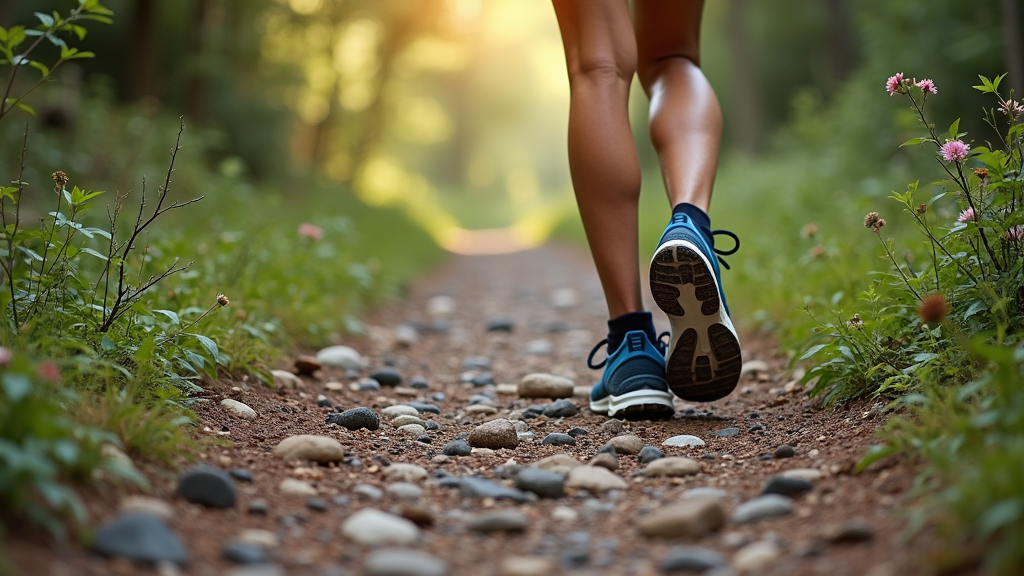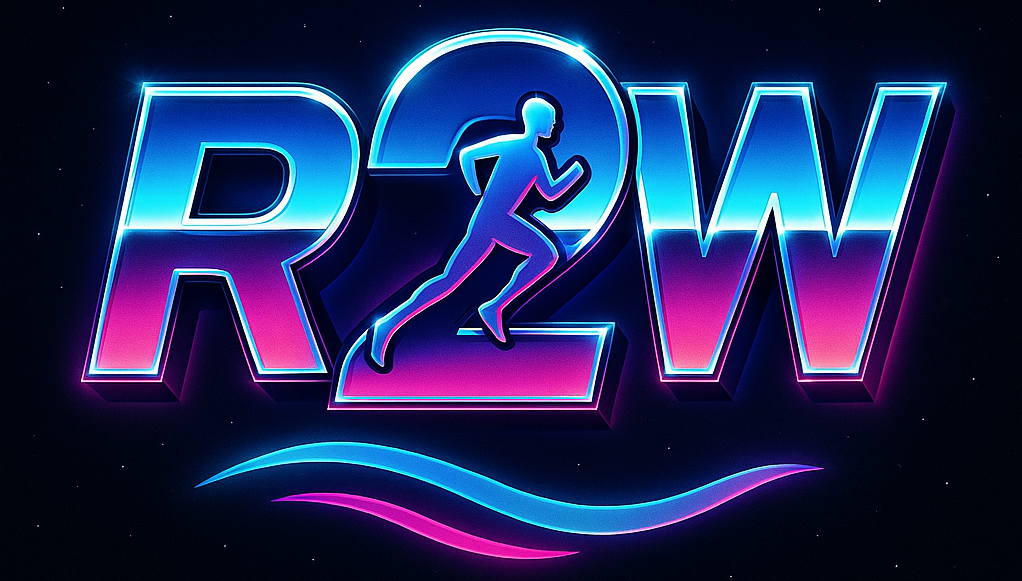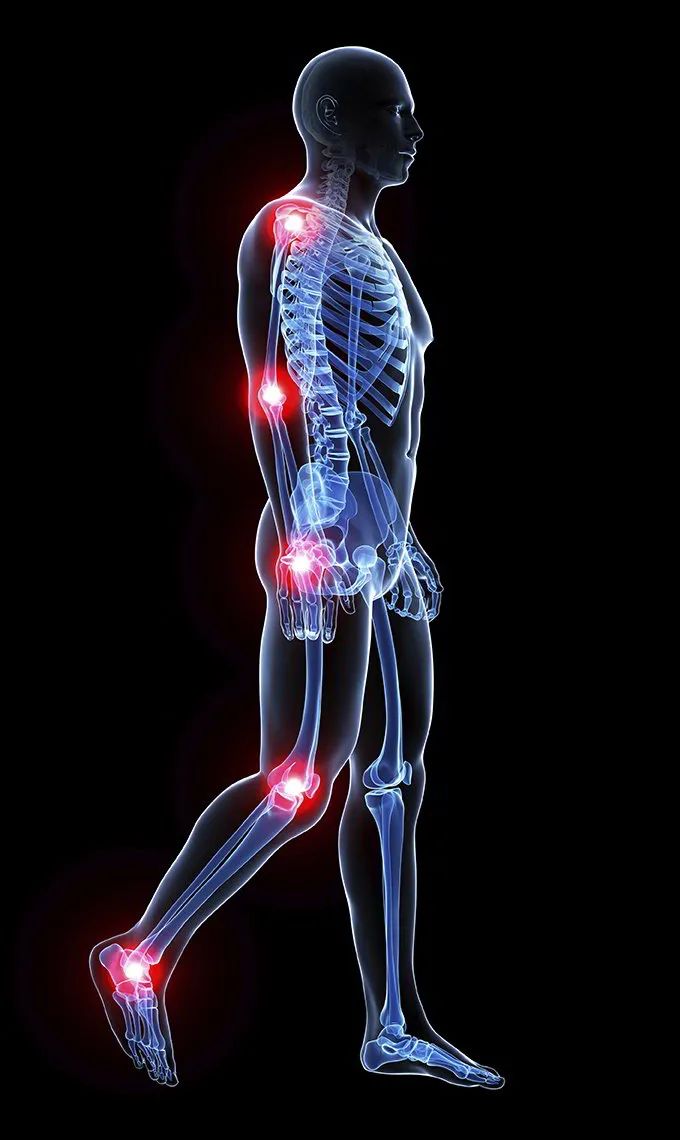 Running can be more than just a way to stay fit. In fact, it could be a key part of keeping your bones strong and healthy. Although many assume running mainly improves cardiovascular health, there is growing evidence that it may also help prevent osteoporosis, a condition that weakens bones and makes them brittle.
Running can be more than just a way to stay fit. In fact, it could be a key part of keeping your bones strong and healthy. Although many assume running mainly improves cardiovascular health, there is growing evidence that it may also help prevent osteoporosis, a condition that weakens bones and makes them brittle.
1. Introduction: Running and Osteoporosis Prevention
Osteoporosis is a condition in which bones lose mass and become fragile. This illness affects millions worldwide, especially as people age. Running is often celebrated for its heart benefits, yet many are curious if it can also boost bone density and help ward off osteoporosis. In this article, we explore whether running may be the secret to staving off this condition. We examine how running affects bones, share expert guidance, and offer advice tailored especially for women, who are at a higher risk after the age of 60.
2. Bone Health Fundamentals: Understanding Osteoporosis
The strength of your bones depends on how well they renew and repair themselves over time. Osteoporosis occurs when the creation of new bone does not keep pace with the removal of old bone. With lower bone density, even minor falls or strains can lead to fractures. Weight-bearing exercises, such as running, encourage bones to rebuild. The repeated impact, when done in a controlled manner, sends a signal to the body that more bone tissue is needed, thus helping to keep bones sturdy.
3. Gender-Specific Considerations: The Importance for Women
Women are particularly vulnerable to osteoporosis as they age. After menopause, the drop in estrogen levels can lead to a rapid decline in bone density, making fractures a real risk. Research shows that women over 60 face a higher chance of falls, and experiences like a broken hip can be life-changing. Recovery from such injuries is often long and difficult, with complications that can affect overall health. Therefore, regular exercise along with a balanced diet is very important for preserving bone strength and quality of life well into later years.
4. Running and Bone Density: What Does the Evidence Say?
The question often arises: Is running beneficial for increasing bone density? The answer is not entirely straightforward. Running is a weight-bearing activity that can help stimulate bone growth and encourage adaptive changes. However, its benefits appear to be greatest when it is combined with muscle-strengthening exercises. A mixed workout routine—alternating short bursts of high-impact activity with periods of lower impact—can help bones adapt and gradually increase in density.
Authorities such as the Royal Osteoporosis Society recommend a mix of weight-bearing impact and muscle-strengthening exercises. Their advice suggests that variety in your routine is better than repetition alone, ensuring that bones are exposed to different types of stress over time.
5. Mix It Up: Integrating Running with Other Bone-Strengthening Exercises
While running offers clear benefits, relying on it alone may not be enough to secure optimal bone health. The best routines incorporate multiple forms of exercise. For example, alternating between running, jogging, and even periods of brisk walking can help the body manage impact more efficiently. This varied approach allows your bones to experience short bursts of activity followed by recovery intervals. Additionally, muscle-strengthening routines like weight lifting can further give a boost to bone density.
Here are some guidelines to help create a balanced routine:
- Alternate running with jogging and walking intervals.
- Add muscle-strengthening workouts at least twice a week.
- Change up your routine frequently to keep stimulating your bones in different ways.
6. Expert Recommendations: Insights from Leading Authorities
Experts emphasize that a combination of different exercises is ideal for bone health. The Royal Osteoporosis Society underlines that combining weight-bearing impact with strength training is one of the most effective ways to maintain or even increase bone density. For example, Dr Vonda Wright, a doctor specializing in healthy aging, describes her workout routine that includes power moves such as deadlifts, bench presses, and squats. She completes several sets with heavy weights to keep her bones and muscles robust. Her approach shows that while running is beneficial, pairing it with strength training routines is a strategy that pays off in the long run.
7. The Bone-Brain Connection: Cognitive Benefits of Strong Bones
Recent studies have begun to highlight an unexpected link between bone health and brain health. Initially, the focus was solely on preventing fractures and physical injury. Now, researchers suggest that maintaining strong bones might also contribute to clearer and sharper cognitive functions. This phenomenon may be linked to the release of certain hormones and growth factors during exercise that support both bone and brain health.
Although the science is still developing, these findings underline the advantages of a holistic exercise plan that benefits both your body and mind.
8. Nutritional and Lifestyle Factors: Strengthening Bones from Within
Exercise is only one part of the equation when it comes to solid bone health. Nutrition also plays a central role. Consuming sufficient calcium is widely recognized for giving a boost to bone density. Dairy products, salmon (with bones), sardines, tofu, and dark leafy greens like turnip greens are excellent sources of calcium. If you find it difficult to get enough calcium from your diet alone, many healthcare professionals suggest a supplement to help fill the gap.
The Mayo Clinic advises that the best strategy to arrest or reverse osteoporosis involves combining active physical exercise with proper nutrition. Eating well not only supports bone strength but also reduces inflammation and speeds up muscle recovery. In this way, a balanced diet and consistent physical activity work hand in hand to reinforce overall health.
9. Practical Tips for a Bone-Healthy Exercise Routine
Building an effective bone-health routine does not have to be complicated. The key is to keep your workouts varied and pay attention to your body’s signals. Here are a few practical tips:
Effective Workout Ideas:
- Start with a warm-up that includes dynamic stretching to prime both bones and muscles.
- Alternate between running, jogging, and walking to incorporate short, high-impact bursts.
- Include muscle-strengthening exercises, such as squats, deadlifts, and bench presses, as part of your routine.
- Don’t forget to schedule regular rest days for recovery.
By rotating different types of activities, you ensure that your bones are consistently challenged. This approach helps in reducing the risk of injuries while steadily improving bone strength over time.
10. Final Thoughts: A Holistic Approach to Osteoporosis Prevention
Running can be a powerful tool in preventing osteoporosis when it is part of a well-rounded exercise plan. It offers the weight-bearing impact needed to stimulate new bone tissue, but to achieve the best results, it is important to combine running with muscle-strengthening exercises. For women, especially those over 60, maintaining a varied workout routine can be crucial in preventing serious injuries like hip fractures, which can lead to long and difficult recoveries.
A balanced routine that mixes running, high-impact intervals, and weight training, along with a diet rich in calcium, works together to build a stronger body. It isn’t just about running faster or longer. It’s about running smarter. Mixing in complementary activities supports overall bone and muscle health, which may also have benefits for cognitive function.
The emerging link between bone strength and brain performance suggests that taking care of your skeleton could also help keep your mind sharp as you age. With this in mind, adopting a diverse exercise plan is an investment not only in your physical health but also in your long-term quality of life.
Have you tried varying your exercise routine to protect your bones? We invite you to share your experiences and insights on using running and other activities to build a resilient and healthy body for the years ahead.

